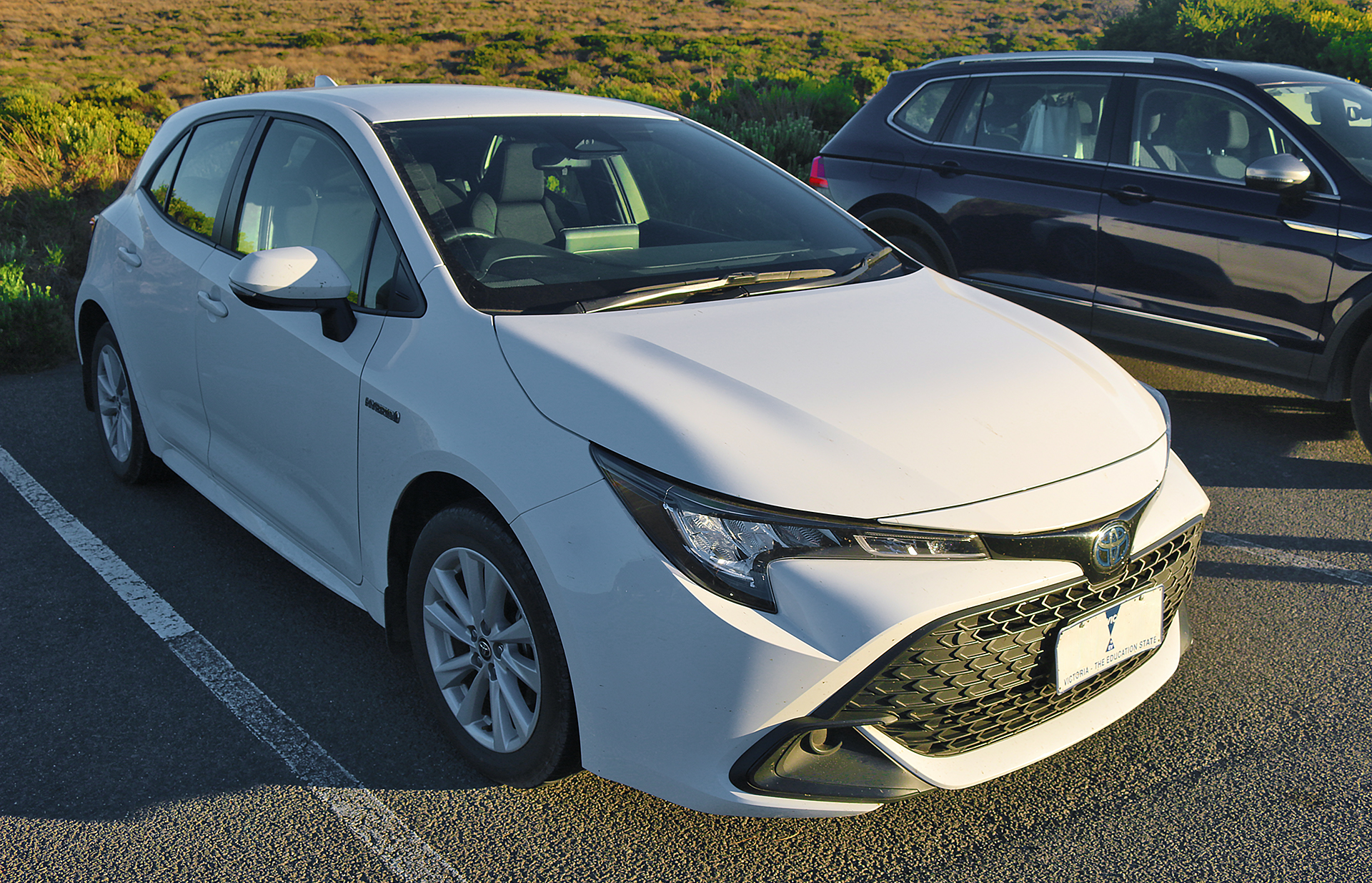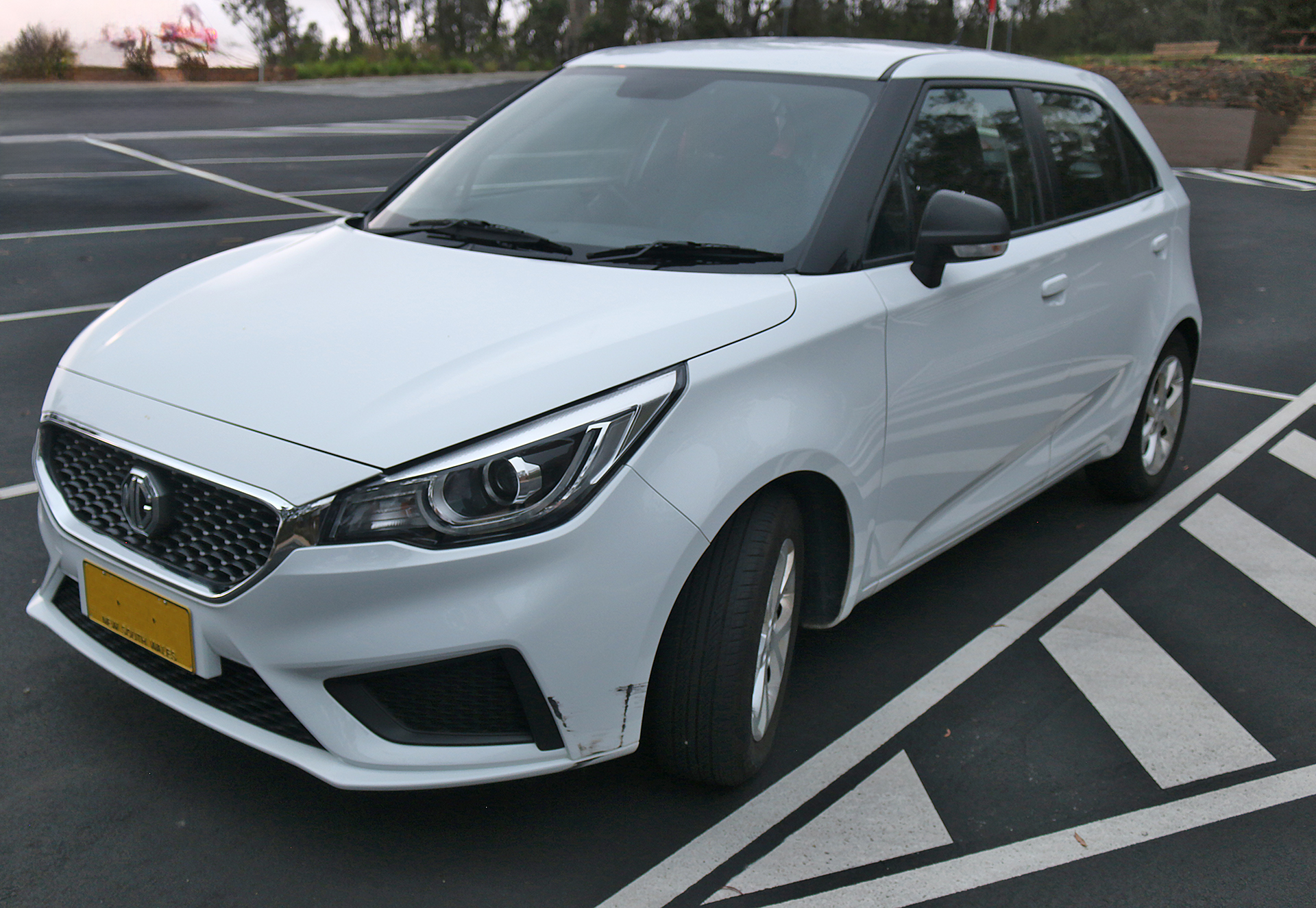This article on the 3 reasons why I back into parking spots is written primarily pertaining to rental vehicles while traveling in countries around the world; but they also apply to my own vehicle at and near where I am based as well.
3 Reasons Why I Back Into Parking Spots
Driving a vehicle typically requires a place to park or store it, which is not always easy to do depending on the location and the conditions at the moment — and at times, doing so can also cost money.
Without further ado, the 3 reasons why I back into parking spots are because for me, doing so:
- Is safer overall. Unless people happen to be milling about around vehicles in immediately neighboring parking spots, backing into a parking spot is safer than backing out of a parking spot because when I return to the vehicle and am ready to drive again, I have a clear view of the current situation in front of me without having to turn around. During inclement weather, I have the advantage of activating windshield wipers when I pull the vehicle forward; and at night time, I have full sized headlights with high beams available to help illuminate the area and subsequently improve my sight. I can see pedestrians, other vehicles, and potential hazards all at once without having to turn around or rely on mirrors, as I would be required to do when backing up — I can see a small child passing in front of the vehicle much better than I can see a small child passing behind the vehicle while backing up, as one of numerous examples — which leads to…
- Saves time. I can pull out of the parking spot immediately because of my instantly broad and clear view of the situation in front of me with the aforementioned equipment for safety to aid me. When backing up out of the parking spot, I do not have as much of a view due to the pillars of the vehicle and other potential blind spots — so I must slowly inch the vehicle out carefully, knowing that significant changes could happen immediately.
- Helps to prevent burglaries of vehicles. I try to find a wall, a guard rail, a hedge, a tree, a hill, a drop off with a steep decline, or some other obstruction to which I can back the vehicle as closely as possible to prevent anyone from breaking into the hatch or the trunk. Doing so also helps hide any designation that the vehicle is a rental, which is usually affixed to the rear of the vehicle. While this is not a foolproof way to prevent burglaries of vehicles, it may be enough of an obstacle for a criminal to choose a different vehicle that is an easier target. If I need to access the hatch or trunk, I can always reposition the vehicle to have enough room to do so.

Backing into a parking spot is not always 100 percent effective. I remember one time years ago when I backed a vehicle into a parking spot in a parking lot in Rockville Centre on Long Island in New York and did not notice the small signs that instructed that cars should be parked “head in”. I returned to the car to find a ticket tucked under the windshield wiper on my window with a fine of five dollars.
That must have cost the municipality more money to execute the fine than to have just left it alone. To this day, I still do not know the exact reasons for the existence of that parking restriction.
Another minor disadvantage is that in jurisdictions where a license plate is required only on the rear of the vehicle, finding a rental car in a parking lot can be slightly more difficult when the vehicle is backed into a parking spot — but most rental vehicles are typically equipped with a key fob; so I can simply unlock the doors of the vehicle, whose lights will flash as a result.
Final Boarding Call
Yes, backing a vehicle into a parking spot takes more time than pulling forward into it; so in a situation that requires being in a hurry, backing a vehicle in a parking spot may not be ideal — but I truly like pulling a vehicle out of a parking spot when I am ready to leave. The process has consistently worked for me over the years all over the world; so I will continue to do so as long as conditions warrant it…
All photographs ©2024 and ©2025 by Brian Cohen.

